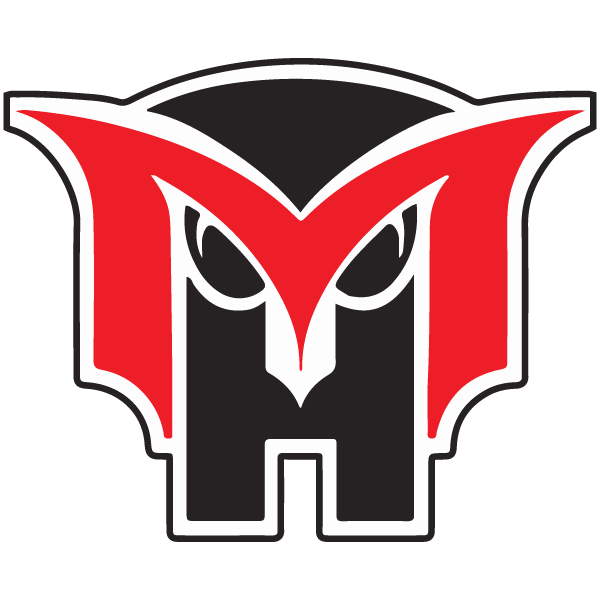Skip to content
Show submenu for Where Can I Find?
Show submenu for Welcome to Mt. Healthy CSD
Show submenu for Parents
Show submenu for Students
Show submenu for Departments
Show submenu for Community
Public Records Requests
Federal Programs
Community and Levy Information
Show submenu for
